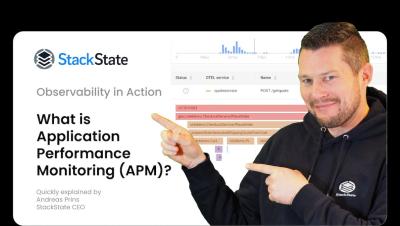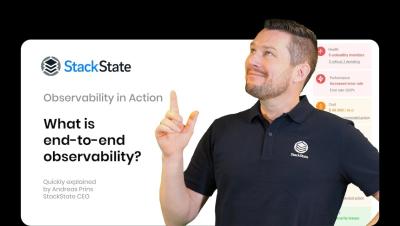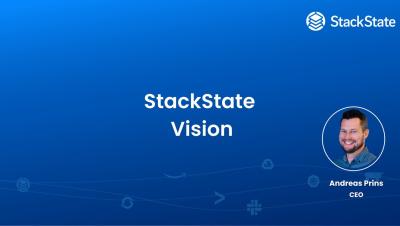Operations | Monitoring | ITSM | DevOps | Cloud
StackState
What is End-to-End Observability?
Application Troubleshooting with Automated Root Cause Analysis
How to detect and overcome Kubernetes CPU Throttling
Webinar: Cloud security and observability: When integrity and availability meet
Streamlining Cloud Operations by Unifying Security & Observability
StackState Observability Vision
eBPF: Revolutionizing Observability for DevOps and SRE Teams
The Last Mile of Observability - Fine-Tuning Notifications for More Timely Alerts
No one wants to get an alert in the middle of the night. No one wants their Slack flooded to the point of opting out from channels. And indeed, no one wants an urgent alert to be ignored, spiraling into an outage. Getting the right alert to the right person through the right channel — with the goal of initiating immediate action — is the last mile of observability.
Harmony in Chaos: Uniting Team Autonomy with End-to-End Observability for Business Success
Imagine a symphony where every musician plays their part flawlessly, but without a conductor to guide the orchestra, the result is just a discordant mess. Now apply that image to the modern IT landscape, where development and operations teams work with remarkable autonomy, each expertly playing their part. Agile methodologies and DevOps practices have empowered teams to build and manage their services independently, resulting in an environment that accelerates innovation and development.






